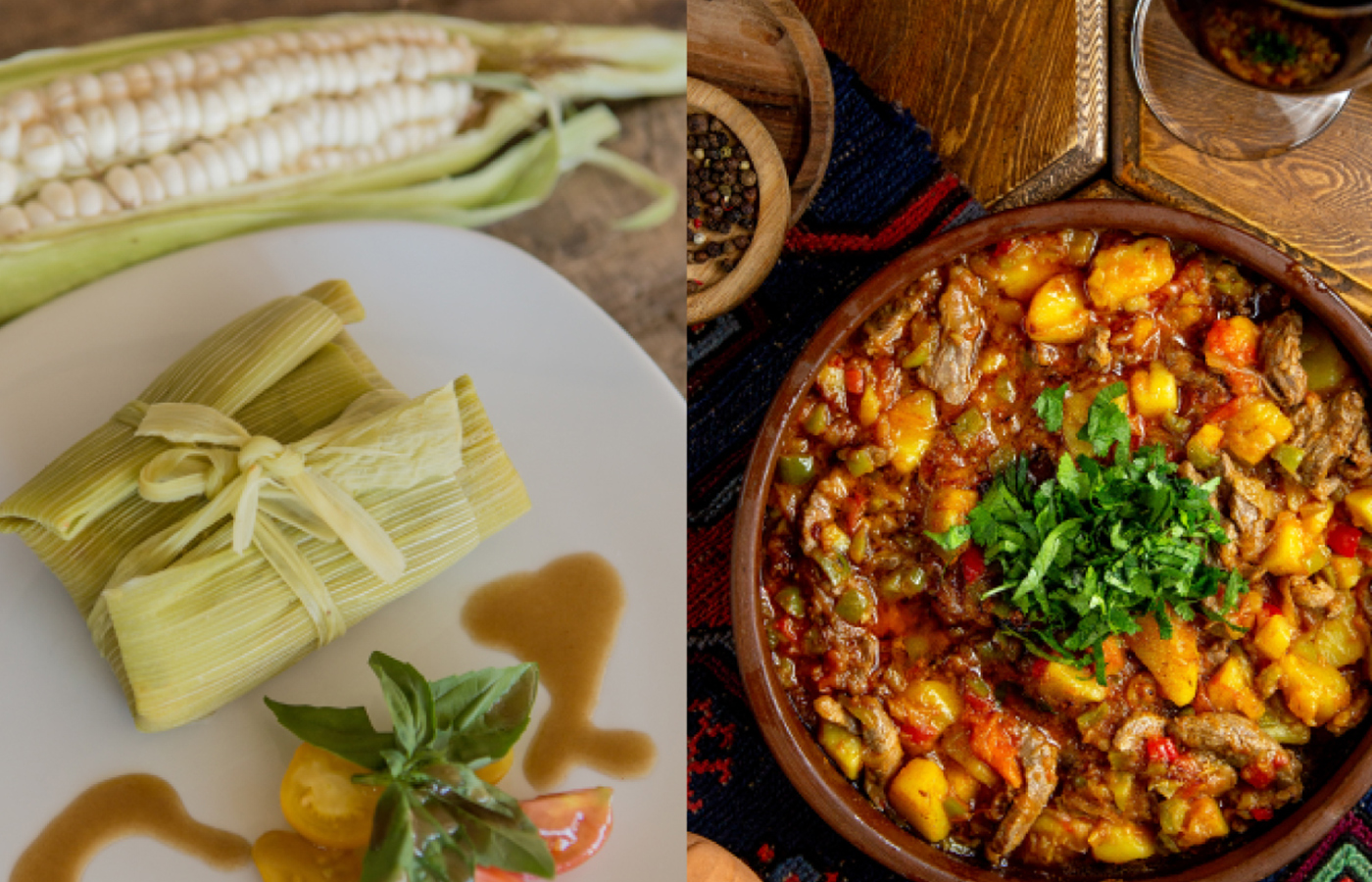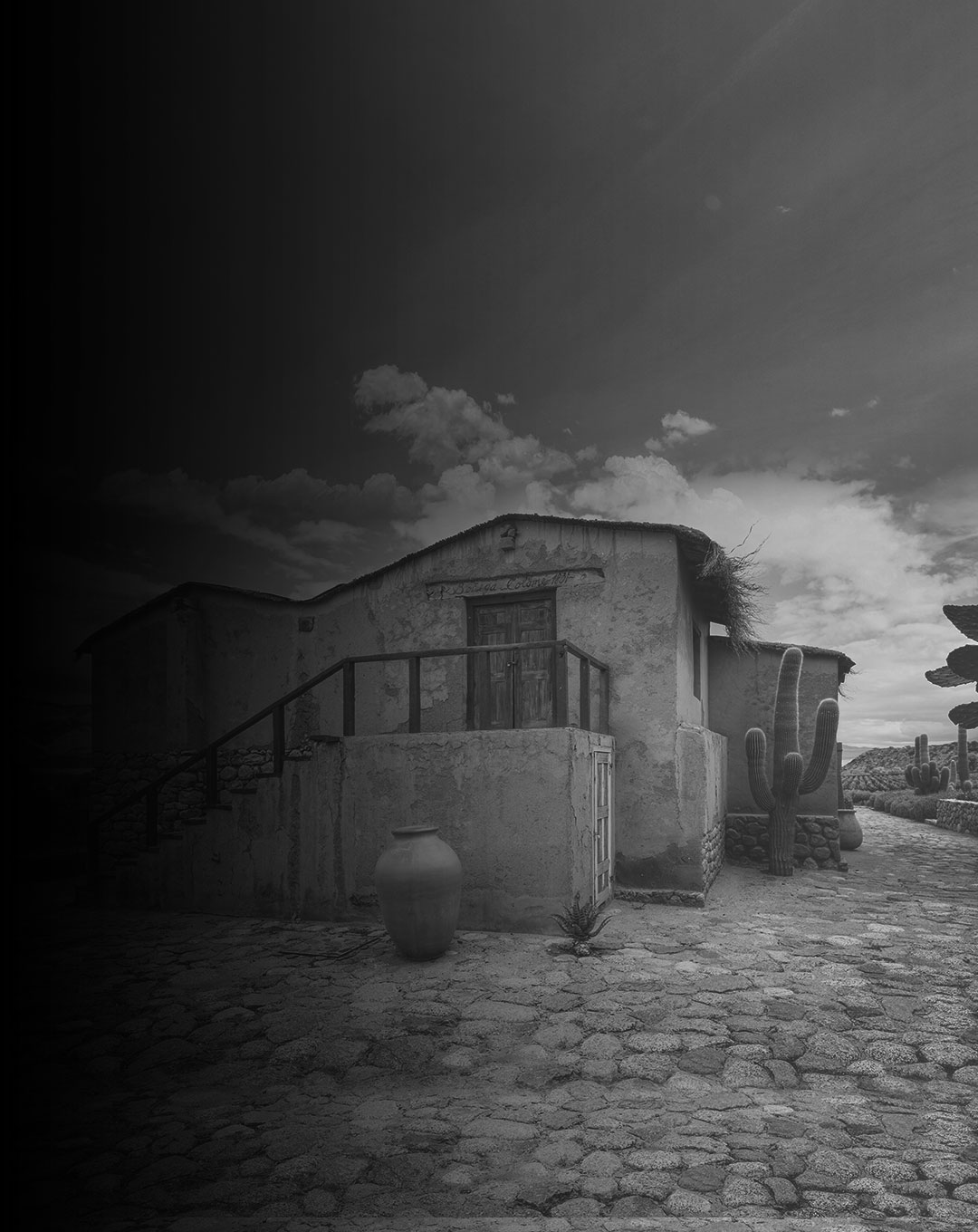Argentina’s northwest is a kaleidoscope of culture and adventure. Nestled against the Andean Cordillera in the east, the region is home to a mosaic of under-the-radar riches; a place where pristine colonial chapels sit in the shadows of polychromatic mountainsides, llamas roam freely across parched terracotta deserts, hallucinatory rock formations dot the landscapes, century-old vineyards craft some of the world’s finest wine, and local tradition guides every mouthful of food.
The indisputable capital of this secluded corner of Argentina is Salta, a city of just over half a million with a distinctly Andean feel. Argentina is known worldwide for its European colonial influence, but here in the Northwest, the customs of life are much closer to those of Bolivia across the border and Peru further north. This region is also a bastion of the country’s large indigenous population and their enduring culture continues to permeate and collide with modern living in many palpable ways. This is non more evident than with the local cuisine where ancient influences still rule. Food is taken very seriously in this part of the world and the regional palate is highly resistant to change. It’s easy to understand why once you’ve sampled what’s on the menu.
Many people write off Argentina’s gastronomy as steak and pizzas. End of story. How wrong they are. Up north, the culinary offerings are so much more – uniquely rich and elaborate. Here, we share our four favorite quintessential foods of northwest Argentina and suggest an ideal wine match that will make your tasting experience that much more enjoyable.
Tamales with Colome Torrontés
This flavorful dish of Amerindian origin is typically made by stuffing corn flour with shredded meat – either boiled lamb or pork – and any combination of potatoes, onions, paprika, and ají peppers. These little packets of food are then wrapped in corn husks and boiled slowly so that the contents disintegrate into small chunks. Tamales have been popular in the northwest of Argentina since the pre-Hispanic period when they were consumed by everyone regardless of social status. They are deeply rooted in the region’s cultural fabric, so much so that the small colonial town of Chicoana in the Salta province organizes a festival dedicated solely to the dish in July each year.
The natural wine match for Tamales is Colomé Torrontés, powerful enough to shine in its own right with grapefruit aromas and floral notes, yet subtle enough not to overpower the sublime flavors of the meat and corn.
Locro with Colomé Estate Malbec
A perfect dish for winter. This wholesome, hearty stew can come in numerous varieties from kitchen-to-kitchen but the most typical version has a corn kernel and pinto bean base that is flavored by a concoction of meats including beef, pork, sausage, and smoked bacon. Depending on the preferences of the maker, you might also find vegetables, seasonal spices, pumpkin, and yams in the dish, all of which add tremendously rich flavor. Locro has its beginnings in the Andes region and its evolution was heavily inspired by the gastronomic customs of the native Incan population throughout Peru, Ecuador, Bolivia, Chile, and Argentina. The dish is often served on special occasions in Argentine households, most notably on 25th May in celebration of Argentina’s May Revolution.
Locro goes with most reds but it has a particular affinity with those that exhibit fresh acidity accompanied by touches of sweetness. Cue Colomé Estate Malbec. This wine has sumptuous aromas of red fruits and spiced oak that together provide a welcome distraction from the crispness of the stew.




